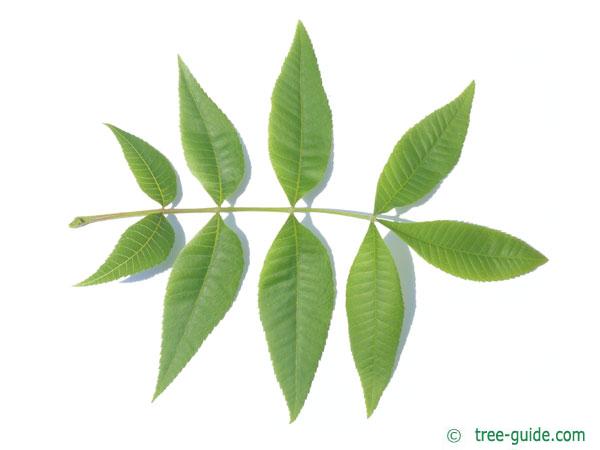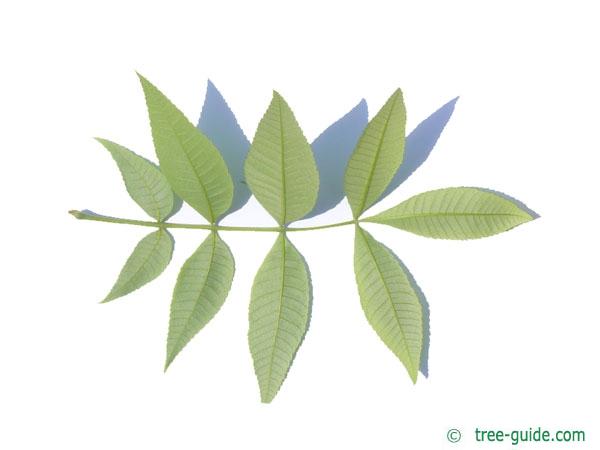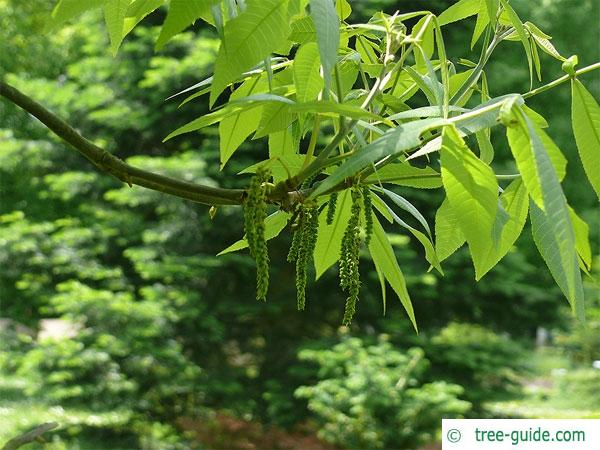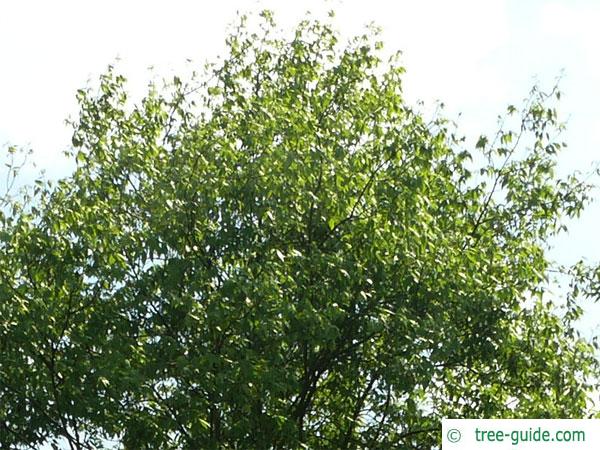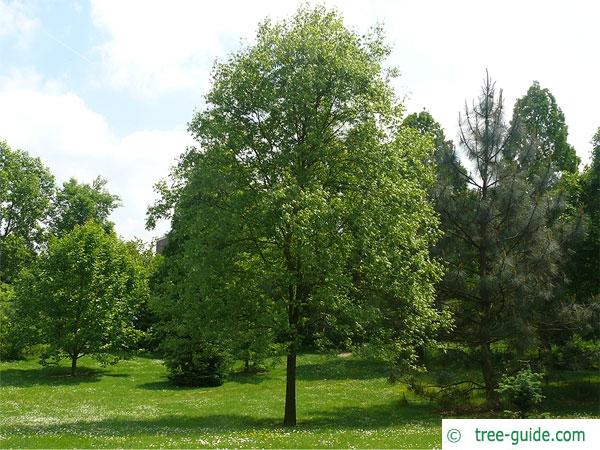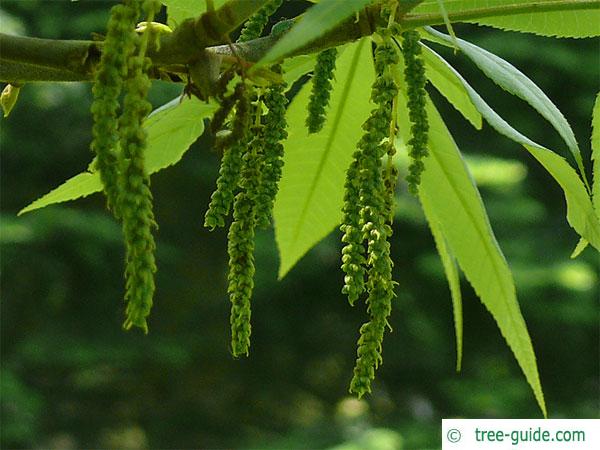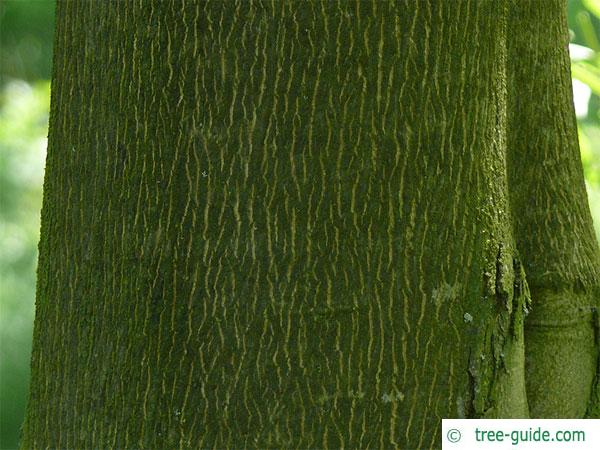Basisdaten
The pignut is native to the North American east coast naturally, from Florida up to the Canadian Ontario. In Europe it is found only occasionally in parks and gardens. As a street tree piglets nut is inappropriate as it yields many hard nuts in the fall.
Tree profile
The leaf of pignut is up to 60 cm (23.6 in) long, pinnate with 7-9 single leaves. The single leaves are ovate. The leaf margin is serrated.
The male flowers (catkins) are up to 15 cm (5.9 in) long . The flower color is yellow.
The stone fruit is up to 3 cm (1.2 in) long. The fruit is surrounded by a hard yellow-red, quartered shell. The core (nut) is edible and is loved by humans and animals alike.
The branches are reddish-brown with smooth bark. The buds are ovoid dark red to light brown.
Park and garden tree, forest tree (USA / CAN)
Carya additional information
overview leaves | overview fruit | overview trunkoverview winter | overview trees







